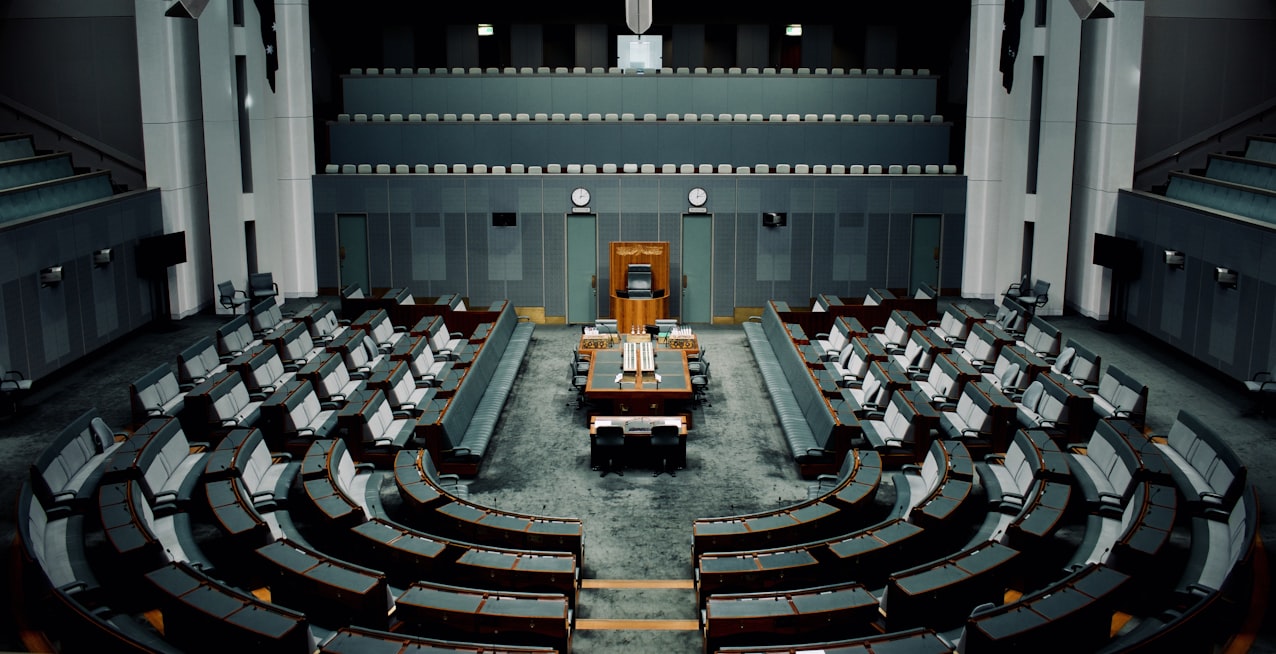On Tuesday evening, Treasurer Chalmers handed down the 2022-23 Federal Budget, which the Treasurer has centered around on housing supply.
The Federal Government has set an ambitious target to build one million more affordable new homes over the five years from 2024 through a new National Housing Accord.
Response from REIA
The Real Estate Institute of Australia said the National Accord was a step in the right direction, far more could be done to address affordability.
Done right, this can give Australias housing stock the generational injection it so badly needs in the same way policy programs in the 1970s did.
Of course, the devil will be in the detail, and much more detail will be needed especially in relation to the intent to provide opportunities to superannuation funds and build-to-rent developers ahead of Australias mum-and-dad investors. The REIA will be looking out for any attempted inequities in this space.
It is an opportunity lost once and for all to deal with the wicked problem of stamp duty by State and Federal Governments which has been entirely and disappointingly omitted within the National Accord.
However, one million new affordable homes are a supply ambition to be applauded. The challenge has now been thrown down to get these homes built and Australians housed in a very short period.
Mr Groves said that the 2022-23 Federal Budget would have no immediate impact on housing and rental affordability.
Whilst this Budget was appropriate for the current circumstances both internationally and domestically the 2023 Budget needs to address how we put some jam on our bread and butter through increased real earnings. A serious conversation on tax reform with intent to implement needs to happen.
2022-23 Budget snapshot
Housing
- A lot of restatement of existing but important commitments, such as:
– Regional First Home Buyers Guarantee
– Rebrand of NHFIC to Housing Australia
– Funding for the Housing and Homelessness Plan and National Housing Affordability and Supply Council
An aspirational target to build 1 million more affordable homes within five years through a National Housing Accord (the Accord) from 2024
10,000 new 7-star affordable green homes to be funded through the Accord through a new financing model
Extending the exemption of home sale proceeds from asset testing, allowing more pensioners to rightsize before their pension is affected
Expansion of access to downsizer superannuation contributions for people aged 55 to 59
Rolling out of the Help to Buy equity-sharingscheme allowing Government to make an equity contribution to the purchase of a property (subject to eligibility requirements)
Acceleration of the $10 Billion Housing Australia Future Fund to year one
All housing tax settings safe, including negative gearing
State of the Books and the Economy
The forecast deficit for 202223 is forecast to hit $36.9 billion, less than half of the previous the $78 billion forecast
Real GDP is forecast to grow by 3 per cent in 202223 before slowing to 1 per cent in 202324
Inflation is forecast to peak at 7 per cent in the December quarter of 2022, ease to 3 per cent (June quarter 2024) and moderate to 2 per cent by 202425
The unemployment rate is forecast to rise to 4 per cent in June 2024
Dwelling investment forecast to fall by 2 per cent in 202223 fall by a further 1 per cent in 202324 even as the backlog of houses under construction is worked off
Honorable Mentions
The Budget Papers say in comparison with other OECD countries housing affordability in Australia is at or better than OECD average and stable and improving
The Accord attempts to bind States to make immediate reviews and key changes in planning regulations, the release of greenfield and brownfield land for housing and encourage private investment in long-term property plays but is notably silent on stamp duty reform






